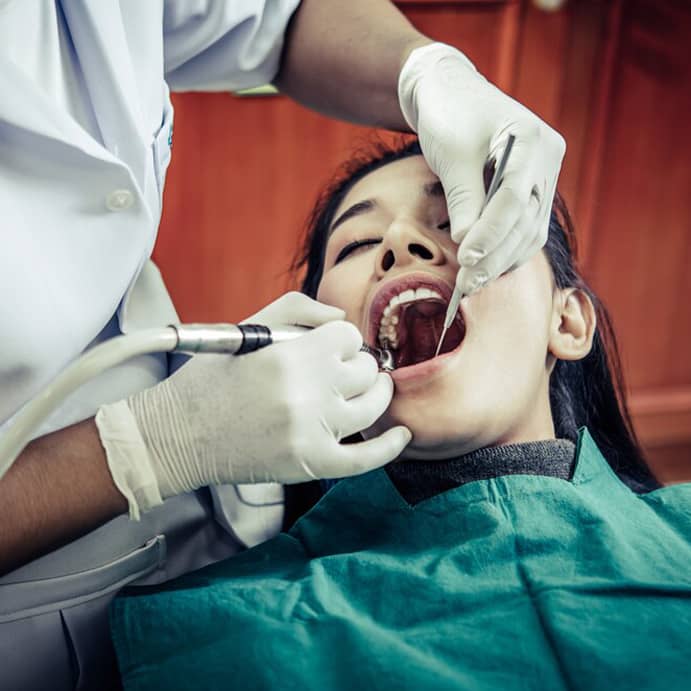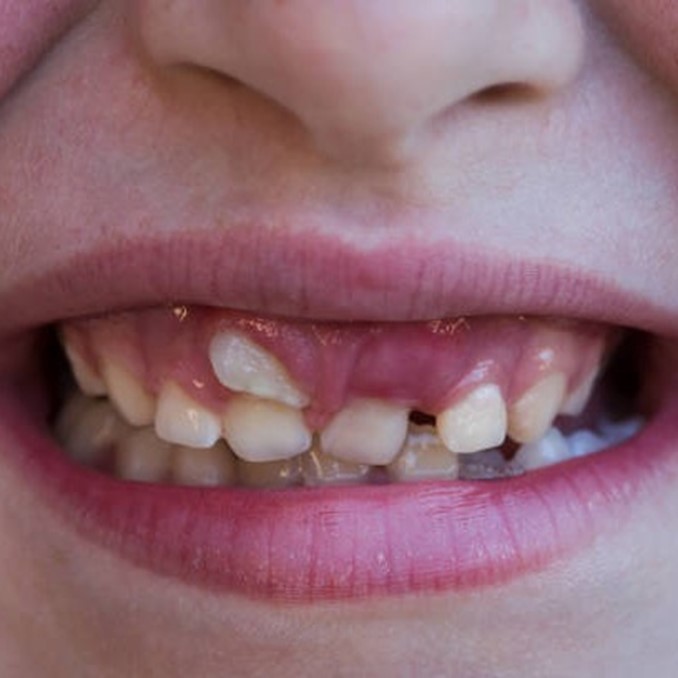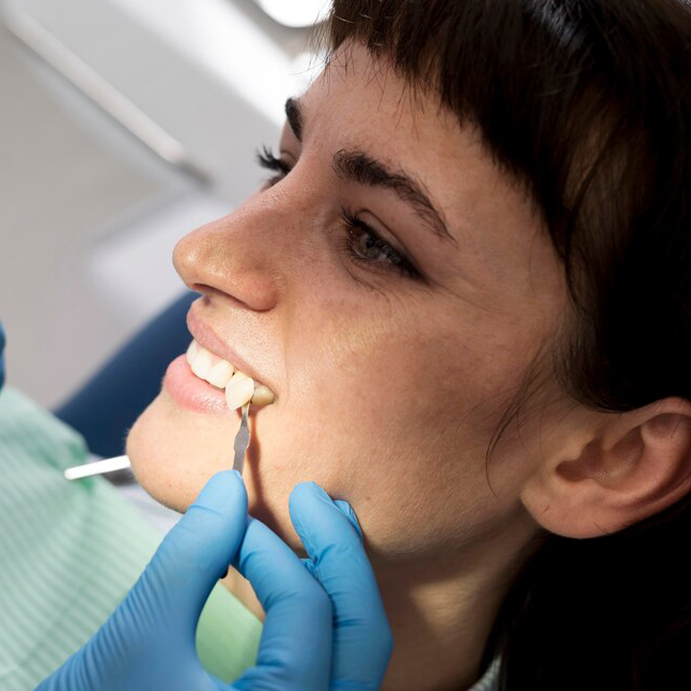How a Tooth is Extracted
Several factors affect the type and significance of a tooth extraction, including the location in the mouth, the state of the tooth’s roots, the type of damage sustained, and other general health issues.
That said, tooth extractions at our Grande Prairie clinic generally follow these steps:
- An initial exam to determine whether the patient’s past medical history could cause potential issues during the procedure.
- X-rays of the area will be taken to determine how to precisely extract the tooth.
- Determining the type of pain relief that will be used according to the patient’s needs and preferences. This can be local anesthesia or some other form of sedation dentistry.
- The gum near the affected tooth will be opened by making a small incision.
- Remove any bone debris around the tooth if necessary.
- Gently extracting the tooth.
- If needed, replace some of the bone with lab-processed bone material.
- Small stitches may be used to close the site if it is needed.



